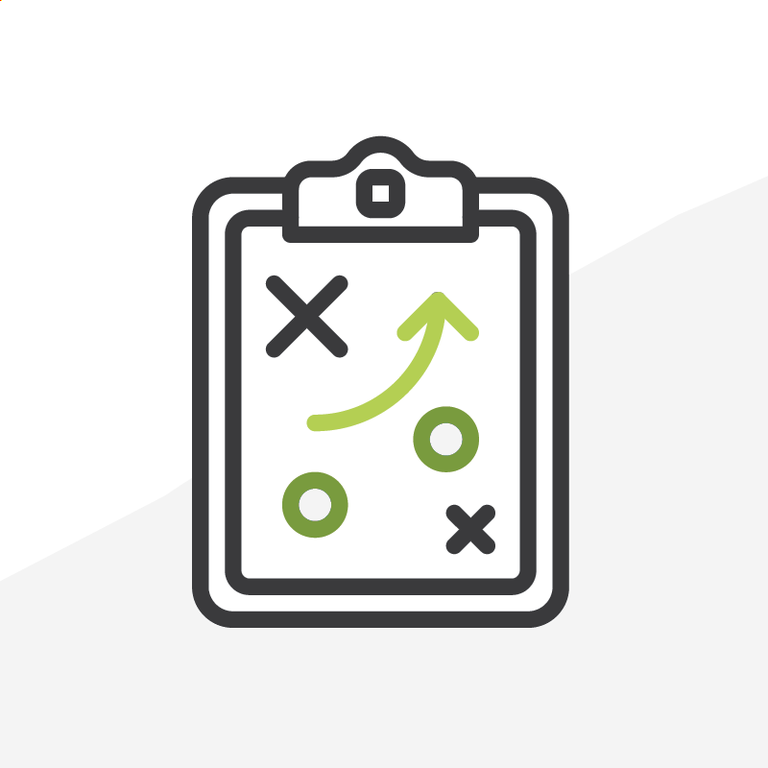
Beginner’s Guide to Salesforce Data Migrations Part I
Whether upgrading to a new system, consolidating data, or merging with another organization, data migration planning plays a pivotal role in maintaining the integrity of your data, ensuring user adoption, and minimizing interruptions to the operations of your organization. In this guide, we will dive into the world of data migrations, exploring what it is, why it's critical for successful Salesforce implementations and key aspects to consider before embarking on a data migration journey.
What is Data Migration and Why is it Important?
Data migration is the process of transferring data from one system to another. In the context of Salesforce, this involves moving data from what we refer to as “legacy systems”, spreadsheets or other applications, to Salesforce. The goal is to ensure that your organization’s data is accurately mapped, transformed, and transferred into the new system for continued use.
Promoting User Adoption and Smooth Operations
User adoption is a critical aspect in the success of any Salesforce implementation. By transferring relevant information and improving data quality through cleaning, standardization, and validation, users are more likely to trust the new system. This trust leads to increased engagement and utilization of Salesforce's capabilities, ultimately boosting your organization's overall effectiveness and productivity. Moreover, a clean data migration ensures uninterrupted operations, facilitating a continuous workflow without disruptive breaks in day-to-day activities.
Leveraging Analytics and Reporting Capabilities
Analytics and reporting capabilities heavily rely on accurate and comprehensive data. A precise migration ensures the reliability of your reports, dashboards, and performance metrics, allowing your organization to leverage the full potential of Salesforce’s native reporting tools to gain valuable insights and make data-driven decisions.
Essential Considerations for Salesforce Data Migrations
Undertaking a data migration project requires careful consideration of several key factors.
Data Assessment and Scope of the Project
Prior to starting your data migration project, conduct a thorough assessment of the quality and relevance of your existing data. Identify redundant, outdated, or inconsistent information, and create a plan to cleanse the data to ensure accuracy and integrity during the migration process. Removing duplicates, correcting errors, and standardizing formats are essential steps to avoid carrying over bad data into the new system.
Next, determine whether it’s necessary to transfer all historical data or only specific segments from recent years. Instead of migrating all data indiscriminately, take this opportunity to evaluate what data you genuinely need to keep. Focusing on migrating the essential data for your organization will ultimately save you time, resources, and data storage costs.
Certain industries, such as healthcare and finance, have strict data retention and reporting requirements. Make sure that you comply with these regulations while assessing what data you will be migrating. By carefully determining the scope of the project and focusing on what you truly need, you can optimize the process and minimize potential complications.
Data Migration Planning and Resources
Data migrations can be difficult involving multiple stages, including data mapping, cleansing, transformation, testing, and import, each of which requires time and resources. Defining a realistic timeline and budget will help ensure a smooth and well-executed migration.
Start by assessing the availability of in-house resources and identify the need for external support, such as consultants or implementation partners, especially for complex or large-scale migrations. Depending on the complexity of the project, advanced formulas and Extract, Transform, and Load (ETL) tools may be necessary. (And if you need help with data migration, Arkus has self-proclaimed data nerds ready to assist you!)
It's important to remember that data migration is more than just a technical process. It requires close collaboration between business stakeholders, IT teams, and data experts. Involving all parties ensures that data is captured in a way that aligns with each user’s needs and business processes. Allocate sufficient time for your team to be actively engaged in the process.
Navigating Risks and Challenges
Take time to identify potential risks and challenges and plan accordingly to address them. One critical aspect to consider is data backup. Ensure you have comprehensive backups stored in multiple locations before you lose access to your old system.
Anticipated downtime is another important consideration, particularly when dealing with large data volumes or complex transformations. Conducting test migrations in a sandbox environment and scheduling the migration during off-peak times or weekends when user activity is lower can help minimize this. Establish clear communication with users, informing them about any expected downtime and alternative workflows to follow during the migration.
Conclusion
Data migration is a complex process that requires careful planning and consideration. By recognizing its significance and taking into account key factors, you can set the stage for a smooth transition that will positively impact the success of your Salesforce implementation.
Stay tuned for part two of this guide, where we will begin to explore the technical aspects of the migration process including data mapping and data migration tools. Additionally, we will share strategies for ensuring data quality during and after your migration.
In the meantime, check out these additional tips to prepare for a data migration to Salesforce we shared in a previous blog post.
Have you embarked on a Salesforce data migration project before? Want to share your experiences or opinions? Tell me about them on the Salesforce Trailblazer Community, or tweet directly at me on Twitter @SalesforceAF.
